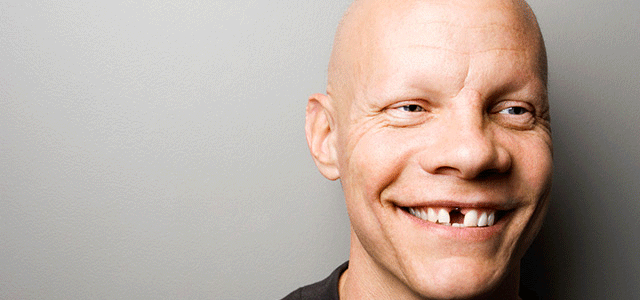
When we experience the loss of a tooth, either through trauma or decay, the bone that surrounds the tooth undergoes a remarkably quick process known as resorption, where the bone is broken down at the cellular level and dispersed elsewhere throughout the body.
Essentially, because the body believes it no longer needs this bony material due to the tooth’s absence, it reclaims this material into the body for other use.
While this might sound like nothing to worry about, your dentist is likely to suggest socket preservation to prevent a host of further complications that accompany this rather intriguing bit of biological science.
What Is Socket Preservation?
Socket preservation is another name for what is clinically known as a bone graft. Essentially, it’s a stopgap measure for filling in the hole where the tooth used to reside, so it can heal in preparation for later treatment.
If nothing were done to stop this dissipation of bone it would likely destabilize your neighboring teeth, and make future implants and other forms of prosthetic devices unlikely to work.
Aside from the clinical consequences of bone loss, what might concern you more is the fact that the bone height determines our facial features, and a loss of that height due to an unpreserved socket can alter one’s appearance dramatically. Because of this, many dentists prefer to proactively stunt this resorption by using a bone graft.
There are four types of bone grafts that can be used at the time of the extraction, to preserve ridge integrity. They are:
- Autograft: Bone harvested from patient’s own body
- Xenograft: Bone grafts or collagen from bovine or porcine origin
- Allograft: Block bone graft from a cadaver
- Alloplast: Synthetic biomaterials such as PLGA, hydroxyapatite, tricalcium phosphate, bioglass – ceramics, etc.
Generally speaking, a bone graft is a surgical procedure where one of the above materials is layered into the socket where the tooth used to exist.
There is a great variety to the type and procedure involved in bone grafts, and much is dependent on your dentist, your budget, the quality of the extraction performed, your overall health, your oral health, and the type of material to be used.
However, since preserving the bony ridge of your mouth is critical to future restorative work and your appearance, it is wise to consider the procedure if recommended. The benefits of socket preservation are many, chief among them the overall continual health of the other teeth in your mouth. Ask your dentist if you have more questions about this procedure.
